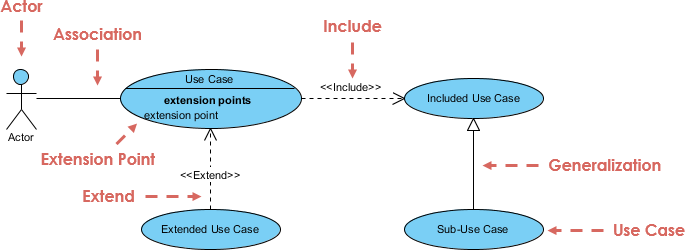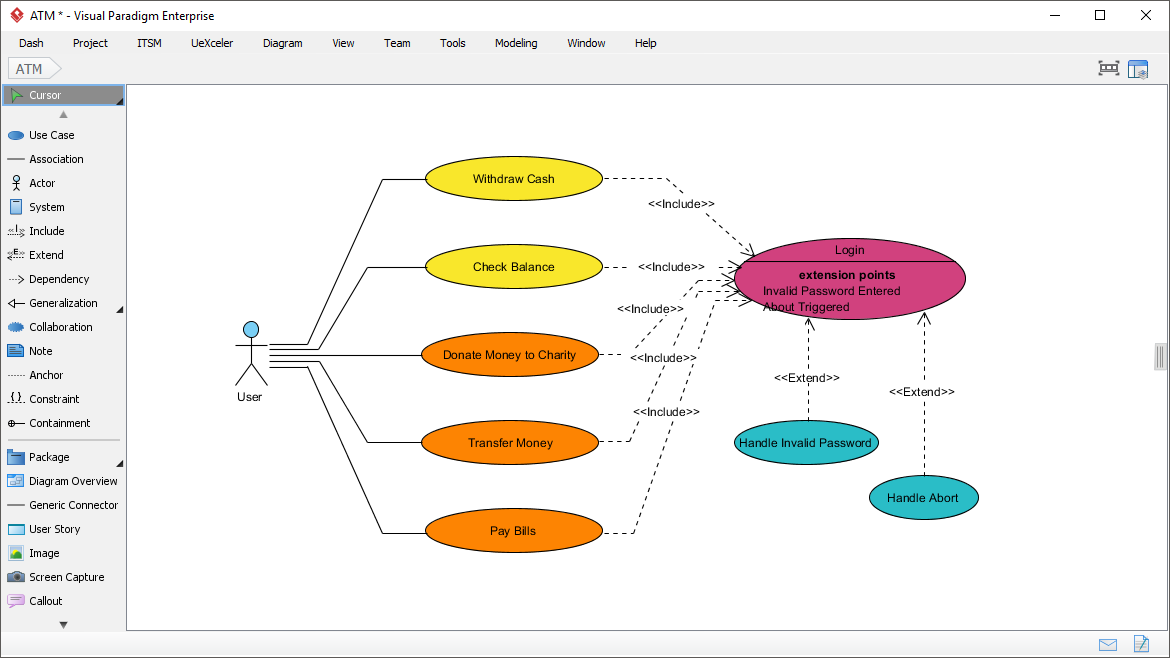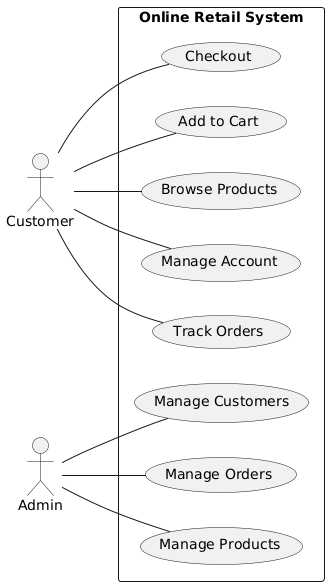Introduction Use cases are a vital tool in software development, serving as a primary means of capturing and communicating system
Continue reading
Learning one new thing everyday


Introduction Use cases are a vital tool in software development, serving as a primary means of capturing and communicating system
Continue reading
Why Use a Use Case Driven Approach? A use case driven approach is an effective methodology for software development as
Continue readingUnified Modeling Language (UML) Diagrams Unified Modeling Language (UML) is a standard, general-purpose visual modeling language used in software engineering
Continue reading
1. Introduction Starbucks, founded in 1971, has grown from a single store in Seattle to a global coffeehouse chain with
Continue reading
Introduction Nike, Inc., a multinational corporation headquartered in the United States, is a leading global brand in the sports apparel
Continue reading
Introduction to UML Unified Modeling Language (UML) is a standardized modeling language used to visualize, specify, construct, and document the
Continue readingThe UML (Unified Modeling Language) Class Diagram is a fundamental tool in the world of object-oriented system design and development.
Continue readingThe UML (Unified Modeling Language) class diagram is a fundamental tool in software design and development. It is a structural
Continue readingUML (Unified Modeling Language) is a standardized modeling language used to visualize, specify, construct, and document software systems. The latest
Continue readingIntroduction: The Unified Modeling Language (UML) is a widely adopted standard for visual modeling in the realm of software development
Continue reading